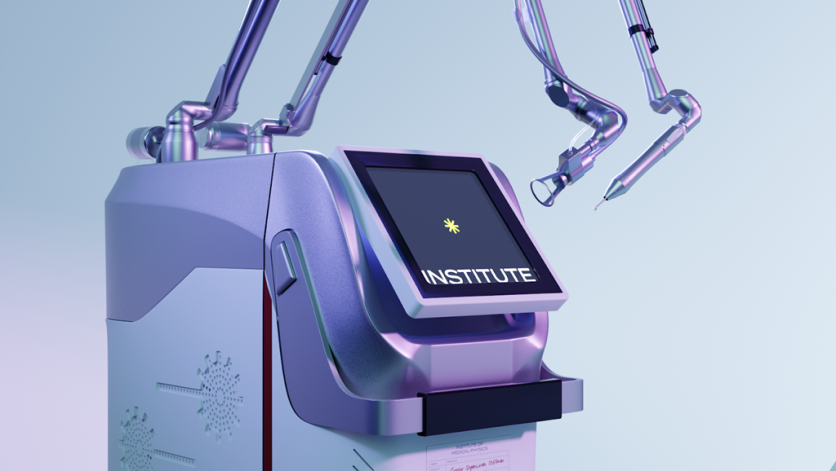
For 26-year-old Dani, the quote on her ribcage once meant everything. "It was something about freedom and finding yourself," she says with a smile that edges toward embarrassment. "Now I just want to be free of it."
Like millions of others, Dani got her tattoo at a time when it felt permanent for all the right reasons. And like so many others, she eventually changed—but the ink didn't.
"I spent two years trying to get it removed," she says. "And it was... agonisingly slow. I had eight sessions, spent close to a grand, and it's still ghosting through my skin."
She's not alone. Tattoo regret is on the rise, but tattoo removal hasn't kept pace. Traditional systems—from nanoseconds to the much-hyped picosecond lasers—promise miracles but deliver molasses. The process can stretch across years, leave scars, and often fails with deeper colours or darker skin tones.
But now, in a quiet clinic in King's Cross, London, that may finally be changing. Innovations in laser physics is transforming laser tattoo removal, developed by physicists, not marketers, turning years of pain and patience into months of precision.
It's called Phantom™. And for many, it might be the first time science is actually on their side.
A Tattoo Removal System Born in a Physics Lab, Not a Marketing Office
At the core of this story is the Institute of Medical Physics, a research-led organisation that does things differently. Instead of outsourcing lasers from cosmetic brands or retrofitting beauty tools into medical devices, they build their technology from scratch, starting with the science.
Phantom™ was conceived not in a boardroom but in a San Marino laboratory, engineered by physicist Dr. Emanuel Paleco and deployed under the medical direction of Dr. Saif Chatoo in London. It's a system that doesn't just 'blast ink'—it understands the biological process of ink fragmentation and clearance, then optimises every stage.
"Developed by physicists, not marketers—Phantom™ is the first laser technology built with surgical-grade precision for tattoo removal."
Three Phases, One Goal: Total Clearance — Fast
The science behind Phantom™ reads like a lesson in how tattoo removal should have worked all along.
1. Thermal Preconditioning
Rather than shocking the skin cold, the system first warms and preps the area, softening the biological terrain to make ink easier to dismantle.
2. Skin-Blind™ Pulse Delivery
This is where it breaks from the pack. Instead of relying on photothermal energy—which risks damaging surrounding tissue—Phantom™ uses ultra-short acoustic pulses. These sound-based waves shatter ink particles with extraordinary precision, without touching melanin, meaning it's safe for darker skin and effective on all ink colours.
3. Biological Clearance Acceleration
Finally, the system does something no other machine attempts: It supports the body in flushing the ink out. By stimulating hepatic and immune pathways, Phantom™ helps the body detox the debris more efficiently—slashing recovery times and increasing visible results.
Patients typically need just 4 to 6 sessions—a radical departure from the industry norm of 10 to 15 over 18 months or longer.
A Shift in Who Controls the Narrative
There's also something cultural happening here. Tattoo removal has long been the domain of aesthetics—an extension of salons, often staffed by underqualified operators. The Institute's decision to only use trained medical professionals and to control everything from R&D to treatment feels almost revolutionary.
It's this 'ecosystem' model that has attracted interest not just from patients, but from dermatologists and plastic surgeons, many of whom had all but given up on recommending laser removal to their clients.
Dani, meanwhile, is three sessions in.
"It's weird," she says, "I don't feel embarrassed anymore. I feel like it's just a phase that's fading out. Like I can move on from that version of myself."
She smiles again. This time, with a little more peace.
Where to Learn More
For those considering tattoo removal, or simply curious about how innovations in laser physics are transforming laser tattoo removal, Phantom™ is now available at the Institute of Medical Physics in London. Initial consultations—and even a first treatment—are currently offered free of charge.
It might be the closest thing we've ever had to a scientific 'undo' button for ink.
ⓒ 2025 TECHTIMES.com All rights reserved. Do not reproduce without permission.




